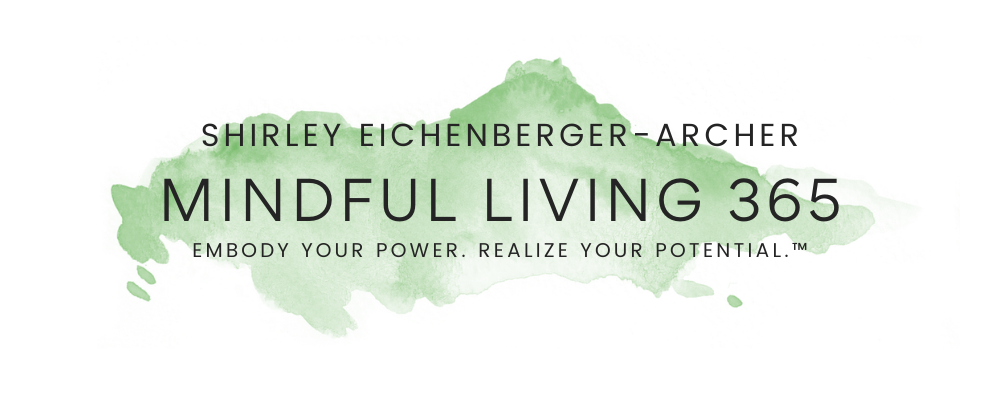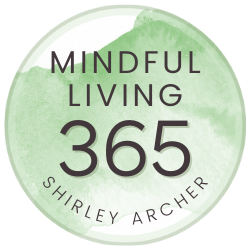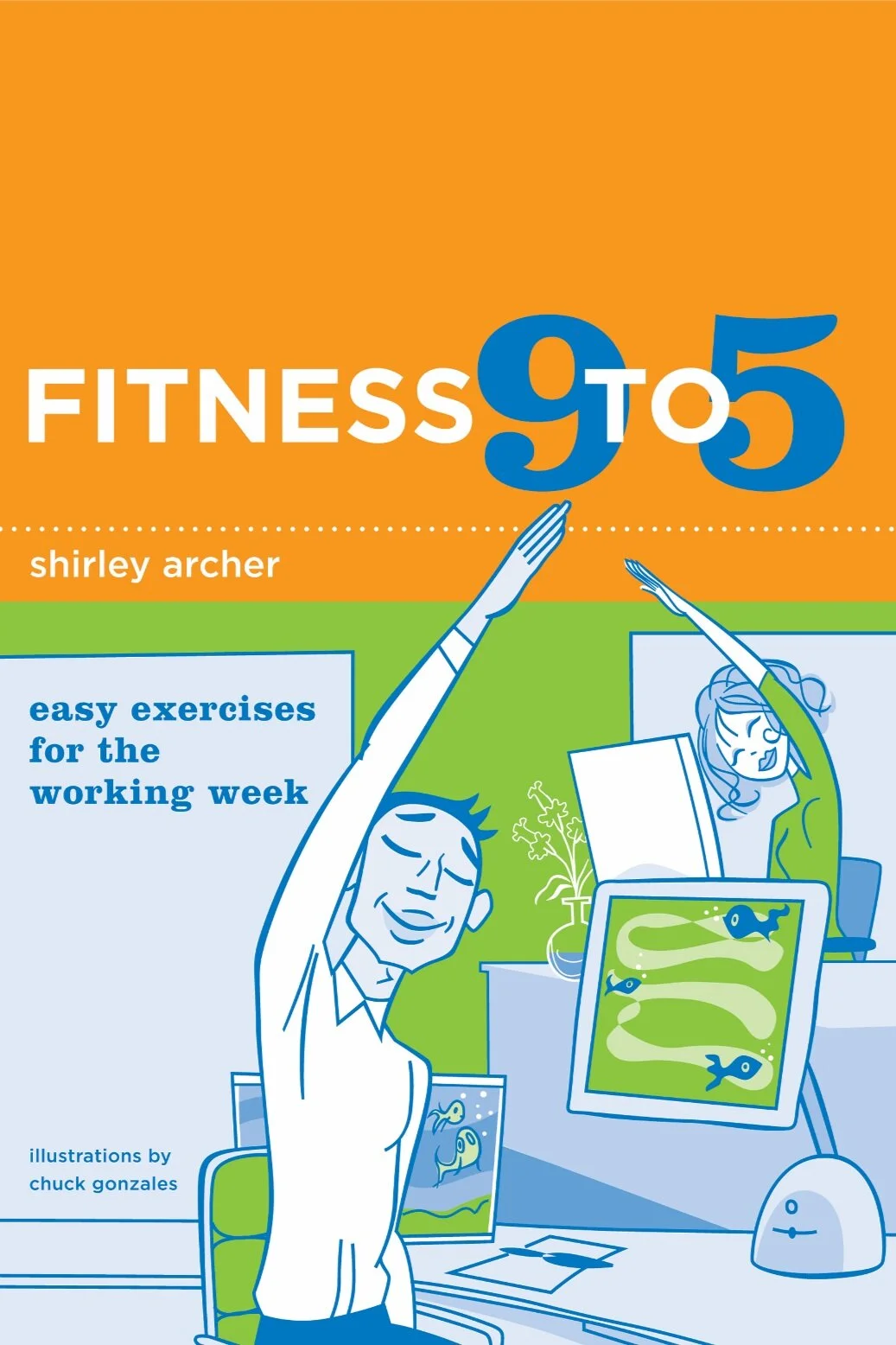5 TIPS ON HOW TO SIT FOR MEDITATION
LET’S GET PRACTICAL!
You can’t enjoy meditating if your back hurts or your leg and foot are asleep (I know this from experience). Here are 5 practical tips to answer your questions about how to sit:
1. Choose best sitting prop for you. What is important is that you meditate. It does not matter if you sit in a chair, on a cushion, on a bench, stand up or lie down (see photos at bottom of page of different props I use). One caveat: I do not recommend lying down if you’re sleepy as it’s too easy to fall asleep, which pretty much ends your meditation. And, if you’re sleepy, standing behind a chair can be a great strategy.
2. Practice good posture. Good spinal alignment prevents back pain and supports full, deep breathing. As you practice good posture, it becomes more natural and it tones your ab and back muscles (great extra benefit of meditating!). Good posture consists of keeping the natural s-curve in your spine and keeping your head level while aligning ears, shoulders and hips. Avoid slouching. Use support as needed for your back, hips, hands (see photo) to avoid slouching. It’s totally fine to lean into a chair back if needed—you can do this without collapsing your spine.
3. Elevate your hips. As you sit, slightly elevate your hips so that they’re higher than your knees. Achieve this by placing a cushion, blanket or towel under your sitz bones (boney bumps in your bottom). Your knees should be bent at a right angle and your ankles under your knees. If your feet don’t reach the floor, place a stool or cushion under your feet.
4. Position your hands. Place hands on your thighs, either palms up or down, at the bend between hips and thighs. Or, rest your hands, palms up on top of each other in your lap. You may also rest your hands inside the bottom of your rolled up shirt (see photo). Relax your shoulders and commit to your hand position. Part of quieting the mind means keeping your body still during seated meditation.
5. Do a body scan. Once you’ve taken your “seat”, do a quick body scan from head to toe. Do you notice any areas of discomfort? If yes, adjust it. For example, if it’s too much to hold your back straight, put pillows behind your lower back to support your spine (see above photo).
PROPS REVIEW:
Besides sitting on a chair, you can also sit on any of the following:
A crescent-shaped cushion
A bench for kneeling
A rounded cushion
These options are particularly helpful to add variety or to find what is most comfortable for your body on any given day.
Retreat strategy: When I’m meditating as much as 10 hours a day, I rotate props. For example, early morning, I sit on a cushion cross-legged on the floor. Mid-morning, I sit on a chair. In the afternoon, I kneel on a bench and at night, I’m back in a chair. If I’m feeling sleepy, I’ll take a standing meditation break. This varies the pressure points on my body and prevents aches and pains for those meditation marathons!
If you rather listen to me discuss these tips, click on the video below.
Or listen to my podcast on the subject below!
Click here to listen to my podcast on Apple Podcasts.
PRODUCT PICKS THAT YOU WILL LOVE
Visit my YouTube channel to subscribe for more tips. Have you downloaded Your Path to Peace? Go from stressed and anxious to calm and at ease in 5 simple steps. If this post helped you, please share with friends now, by using the buttons below. Thanks!



















